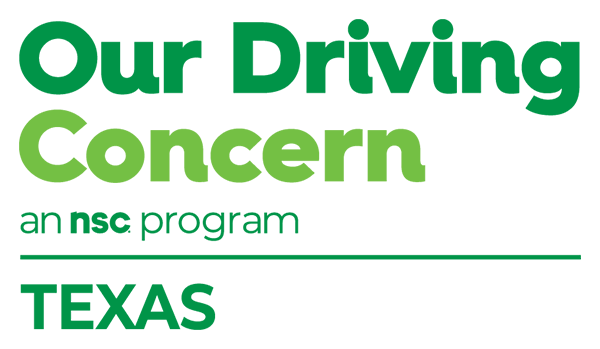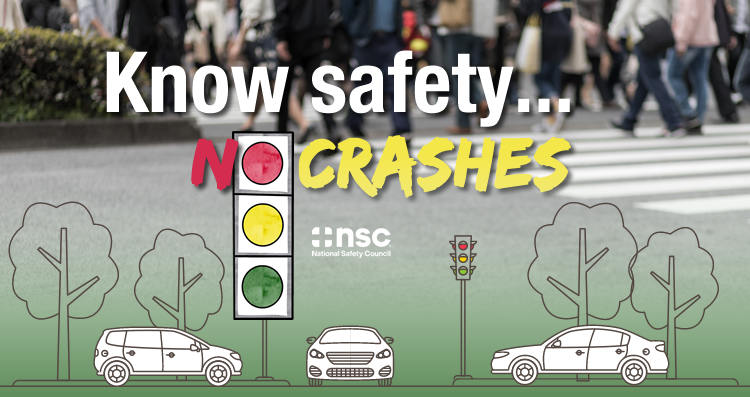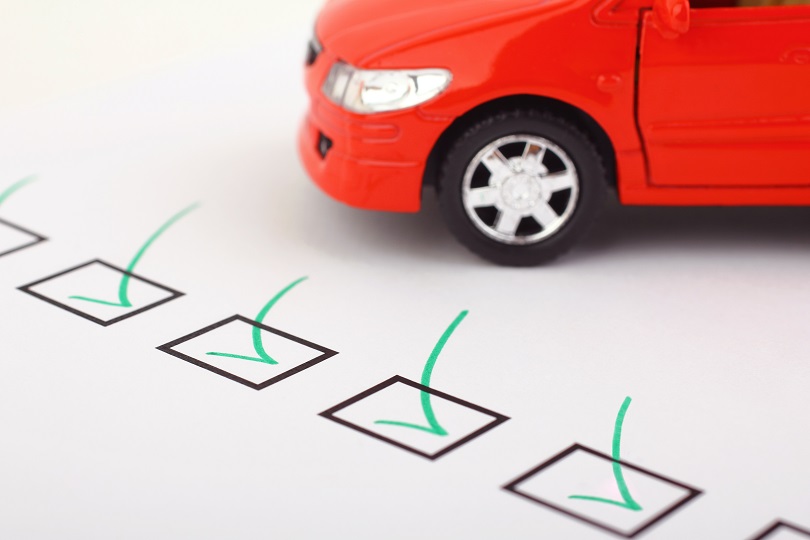How would you feel if you were on an airplane as it was taxiing to the runway and you heard the pilot make the following announcement?
Pilot: “Ladies and gentlemen, we are in a hurry to get this plane in the air, so we didn’t take time to do the preflight inspection, but when we checked the equipment a few days ago, everything looked fine.”
I’m sure you would be disturbed. Likewise, you should be disturbed by the nonchalant approach so many of your friends and coworkers take in checking to ensure the vehicle they are driving is safe. For instance, how many drivers know there is a “small” issue they should address? Maybe the windshield wiper blades need to be replaced. Too often, they only think about how important this kind of “small” repair is when confronted by driving in a rainstorm or challenged by a roadside breakdown.
Are we in such a hurry getting started in the morning that we skip over important practices like vehicle inspection, only to lose valuable time stopped on the shoulder of the road waiting for a tow truck to take our vehicle to the repair shop?
A proper vehicle inspection before every trip is an important aspect of safety on the road, and it takes far less time than waiting for that tow truck. Keep a checklist handy and be sure to use it as a way of conducting a thorough vehicle inspection.
A checklist can be tailored to your specific industry or occupation, the vehicle you are driving and the roads you regularly travel on, but it should always address questions such as these:
- Are all lights working properly?
- Are there any fluid leaks?
- Are all tires properly inflated?
- Are the windshield wiper blades in working order?
In addition, be sure to do a 360-degree walkaround and check the area around your vehicle for any potential hazards.
In Texas, more people are killed while outside of a disabled vehicle – about 50 every year – than anywhere else in the U.S., according to data from the National Highway Traffic Safety Administration. Even when we have conducted a thorough inspection of our vehicle, we need to be prepared for the possibility of experiencing a breakdown.
In most instances, the safest place to be when a breakdown occurs is inside your vehicle, with your seat belt fastened. While every situation is different, coming up with answers to these questions can help keep you safe in an emergency:
- How far off the roadway can you get?
- How heavy is the traffic?
- Would you be safer staying in your vehicle while you wait?
- If you must get out of your vehicle, do you have a reflective safety vest that will help other drivers spot you on the side of the road?
- Is there an area away from traffic where you can stand?
A major part of “getting there” is being sure your vehicle can get you there safely. Inspections reduce risk and cut down on surprises.
– Mike Ezzell is a program manager with the National Safety Council



